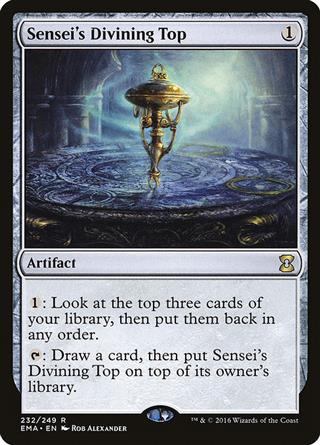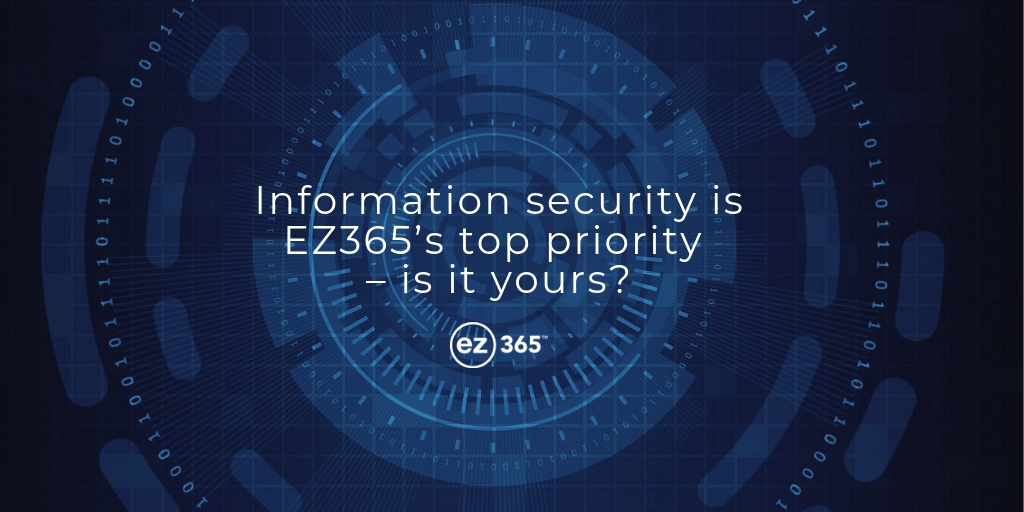
This allows for the creation of a cloud computing market where any user can participate with their desktop, laptop or specialized server, and spot-checking together with security deposits can be used to ensure that the system is trustworthy (ie. nodes cannot profitably cheat). Although such a system may not be suitable for all tasks; tasks that require a high level of inter-process communication, for example, cannot easily be done on a large cloud of nodes. Other tasks, however, are much easier to parallelize; projects like SETI@home, folding@home and genetic algorithms can easily be implemented on top of such a platform. One is that because of the need for a majority of nodes to agree if a group of nodes does not want to agree with the first group, they can continue their own blockchain ledger, a “chain split” or “fork” occurs.
Cardano is developing a smart contract platform which seeks to deliver more advanced features than any protocol previously developed and will serve as a stable and secure platform for the development of enterprise-level dApps. In the near future, Cardano will use a democratic governance system that allows the project to evolve over time, and fund itself in a sustainable way through a visionary treasury system. SafeCoin utilizes a novel consensus mechanism for confirming transactions called Proof of History, designed and implemented by the Solana team. This confirmation bias uses a globally synchronized clock to verify the order of transactions instead of the traditional method of using miners or staking to verify the order of transactions on the blockchain.
Cardano (ADA) investors worried about the future, now switch to this DeFi Token for 10x gains Bitcoinist.com – Bitcoinist
Cardano (ADA) investors worried about the future, now switch to this DeFi Token for 10x gains Bitcoinist.com.
Posted: Sun, 30 Apr 2023 13:01:59 GMT [source]
We strive to help our readers gain valuable, trusted insights through in-depth analysis, high-quality and well-researched News stories and views from the digital currency community experts. Our young and dynamic team is comprised of well-known journalists as well as Cryptocurrency & Blockchain Experts. SafeCoin can utilize all this technology as it strives to be the standard in safety while providing enhancements, innovations and leveraging a passionate and talented community. BLK_LIMIT_FACTOR and EMA_FACTOR are constants that will be set to and 1.5 for the time being, but will likely be changed after further analysis. While several years old, we maintain this paper because it continues to serve as a useful reference and an accurate representation of Ethereum and its vision.
Modular Design of Secure Group Messaging Protocols and the Security of MLS
Second, it provided a mechanism for allowing free entry into the consensus process, solving the political problem of deciding who gets to influence the consensus, while simultaneously preventing sybil attacks. It does this by substituting a formal barrier to participation, such as the requirement to be registered as a unique entity on a particular list, with an economic barrier – the weight of a single node in the consensus voting process is directly proportional to the computing power that the node brings. The EVM technology can also be used to create a verifiable computing environment, allowing users to ask others to carry out computations and then optionally ask for proofs that computations at certain randomly selected checkpoints were done correctly.
This introductory paper was originally published in 2014 by Vitalik Buterin, the founder of Ethereum, before the project’s launch in 2015. It’s worth noting that Ethereum, like many community-driven, open-source software projects, has evolved since its initial inception. On-chain decentralized marketplaces, using the identity and reputation system as a base. Join our mailing list to get regular Blockchain and Cryptocurrency updates.
Kachina – Foundations of Private Smart Contracts
SafeCoin, remaining true to the “Community Coin” standard set forth years before, slightly modified the voting consensus to allow almost anyone to contribute a Validator to the SafeCoin network. SafeCoin has also made improvements to the consensus, and on top of that, SafeCoin’s implementation of an improved compression algorithm decreases the amount of space a transaction takes up on the blockchain, resulting in less storage being required to keep a full copy of the blockchain. This should be taken as an expanded version of the concept of “dollars” and “cents” or “BTC” and “satoshi”.

Currently, all “light” implementations of Bitcoin-based meta-protocols rely on a trusted server to provide the data, arguably a highly suboptimal result especially when one of the primary purposes of a cryptocurrency is to eliminate the need for trust. Financial derivatives are the most common application of a “smart contract”, and one of the simplest to implement in code. The simplest way to do this is through a “data feed” contract maintained by a specific party (eg. NASDAQ) designed so that that party has the ability to update the contract as needed, and providing an interface that allows other contracts to send a message to that contract and get back a response that provides the price.
The Bitcoin Backbone Protocol with Chains of Variable Difficulty
Random per-slot voter selection offers a robust defence against planned malicious actions as a potential attacker is not able to predict how subsequent blocks will be voted on and confirmed. The result is dramatically higher consensus efficiency in terms of resources and costs. Fundamental cornerstones of Solana such as Proof of History remain intact and functional through this process.

The Ethereum protocol was originally conceived as an upgraded version of a cryptocurrency, providing advanced features such as on-blockchain escrow, withdrawal limits, financial contracts, gambling markets and the like via a highly generalized programming language. The Ethereum protocol would not “support” any of the applications directly, but the existence of a Turing-complete programming language means that arbitrary contracts can theoretically be created for any transaction type or application. What is more interesting about Ethereum, however, is that the Ethereum protocol moves far beyond just currency. Protocols around decentralized file storage, decentralized computation and decentralized prediction markets, among dozens of other such concepts, have the potential to substantially increase the efficiency of the computational industry, and provide a massive boost to other peer-to-peer protocols by adding for the first time an economic layer. Finally, there is also a substantial array of applications that have nothing to do with money at all. The current intent at Ethereum is to use a mining algorithm where miners are required to fetch random data from the state, compute some randomly selected transactions from the last N blocks in the blockchain, and return the hash of the result.
Blockchain Technologies: Probability of Double-Spend Attack on a Proof-of-Stake Consensus
SafeCoin prioritizes safety and security as fundamental necessities in building a successful foundation for adoption of high performing decentralized systems. When deciding to move to a modified Solana codebase, the most important factor was the considerable security advancements Solana had made across their codebase and into their consensus mechanisms. It is in fact this security which allows Solana and Safecoin to offer performance levels beyond any pre-existing decentralized systems. Safety, Security, and Privacy are the three pillars that SafeCoin is built upon and should be, we believe, the first consideration for any decentralized project to have long term success.
The company, founders, advisors or affiliates shall not be liable for any losses that arise in any way due to the use of this documentor the contents contained herein. SafeCoin’s most powerful resource is a fantastic and talented growing community of individuals who care about our future and privacy rights and are working hard to make this world a better place through their contributions at SafeCoin. As a fully open and inclusive project, all kinds of contributions and support have flowed into our community from around the world. SafeCoin will target, as a Roadmap item, an update to our multi-coin wallet “SafePay” in 2022.
The information and graphical content contained in the white paper and website should not be construed as a guarantee and is subject to change at any time without prior notification. The information contained herein is intended for familiarization, and should not be utilized or reproduced in any form in full or part. The white paper has been prepared to the best of our knowledge and research. However, it should not be relied upon for any future actions including but not limited to financial or investment related decisions.
In the near future, we expect “ether” to be used for ordinary transactions, “finney” for microtransactions and “szabo” and “wei” for technical discussions around fees and protocol implementation; the remaining denominations may become useful later and should not be included in clients at this point. An important feature of the protocol is that, although it may seem like one is trusting many random nodes not to decide to forget the file, one can reduce that risk down to near-zero by splitting the file into many pieces via secret sharing, and watching the contracts to see each piece is still in some node’s possession. If a contract is still paying out money, that provides a cryptographic proof that someone out there is still storing the file.
Cardano (ADA) – Whitepaper
A key community focus has been collaboration with hardware wallet providers to provide multiple means of secure offline key storage. SafeCoin has released a non-custodial web wallet for storing SafeCoins. This open source wallet is derived from Sollet [7], an open-sourced wallet platform built for the Solana blockchain. Many cryptocurrencies preceding SafeCoin have pioneered innovations that have yielded network architecture, distributed ledgers, and consensus mechanisms for storage, transmission, and security. Ethereum, like many community-driven, open-source software projects, has evolved since its initial inception. To learn about the latest developments of Ethereum, and how changes to the protocol are made, we recommend this guide.
- The second category is semi-financial applications, where money is involved but there is also a heavy non-monetary side to what is being done; a perfect example is self-enforcing bounties for solutions to computational problems.
- Ethereum, like many community-driven, open-source software projects, has evolved since its initial inception.
- Essentially, a message is like a transaction, except it is produced by a contract and not an external actor.
- This removes the need for centralized mining pools; although mining pools can still serve the legitimate role of evening out the randomness of reward distribution, this function can be served equally well by peer-to-peer pools with no central control.
Anyone can register a name with some value, and that registration then sticks forever. A more sophisticated name registration contract will also have a “function clause” allowing other contracts to query it, as well as a mechanism for the “owner” (ie. the first registerer) of a name to change the data or transfer ownership. This includes explainers, information on all the core components of Cardano, details of how Cardano was designed and its architecture, trezarcoin price how the Cardano network works, explanations of the fee structure and monetary policy, release notes, a compatibility matrix, a glossary of terms, as well as community resources. There is also content to support native tokens and references to Plutus and Marlowe material. If you are interested in building tools on Cardano, integrating with Cardano, and connecting with the wider developer community, please visit the Cardano Developer Portal.